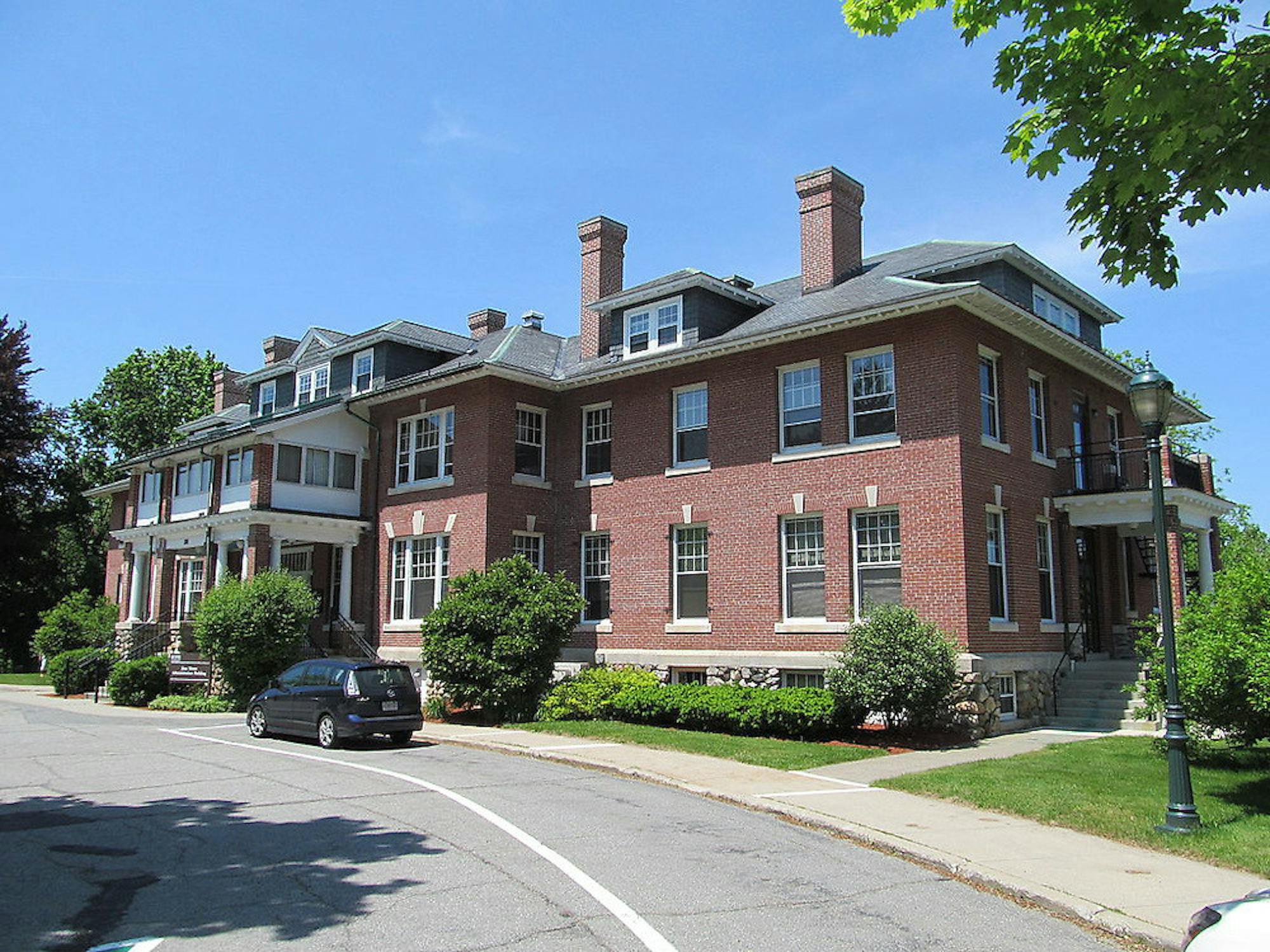Marta Gaglia, assistant professor of molecular biology and microbiology in the Graduate School of Biomedical Sciences (GSBS) at the Tufts University School of Medicine, and Jonathan Runstadler, professor and interim chair of the Department of Infectious Disease and Global Health at Tufts' Cummings School of Veterinary Medicine, are collaborating to determine how certain viral proteins influence the way a cell is able to sense a viral infection.
Gaglia explained that her lab researches how viruses interact with their host and what happens when a virus enters a cell. She studies how viruses try to change the cell in ways that would benefit the viruses’ replication.
Her lab is working to translate the same ideas to the COVID-19 virus.
“That’s something that the virus is going to want to do to delay the onset of the immune response so that the virus can keep replicating for a longer time, and that may have a lot of implications for the course of the disease in people,” Gaglia said.
Gaglia added that with her collaborator at the Cummings School, they are planning on making viruses that lack specific proteins to observe changes in cell behavior following infection.
“Our prediction is that the virus is going to replicate less well missing those proteins because the cell is going to be able to respond more quickly to the infection,” Gaglia said.
Runstadler, Gaglia’s collaborator in the project, discussed how Gaglia’s understanding of the way in which viral proteins interact with the immune system relates to his experience in working with viruses that have zoonotic potential, orthe threat of movement between species.
“Part of this project that I’m really interested in is to see if we can learn a bit about mutations in those viral proteins that [Gaglia] is really interested in, how changes in those proteins impact the infectiousness of the [SARS-CoV-2] virus, particularly for humans but also for other animal species,” Runstadler said.
Gaglia explained that the lab plans to differentiate cell cultures to make cells that resemble epithelial lung tissue.
Runstadler added that his interest in understanding the movement of viruses between different hosts, as well as the difference in animal response versus human response, can be applied to developing better COVID-19 treatments and preventing viral spillover.
Studying viral factors involved in pathogenesis will help recognize ways that could treat or prevent the viral infection.
“Understanding this in the particular context of [SARS-CoV-2] will help us understand the same kind of interactions with the other viruses as well,” Runstadler said. “We’ll be more prepared in some ways to both study other viruses or to deal with and know where to direct our research efforts if there’s another pandemic.”
Gaglia explained some of the criteria her lab uses when deciding on the protein candidates for study, including how strongly they block the cell’s response to the virus, as well as how much is already known about the protein. If a protein blocks the process more than others, they may focus on it more.
“We have confirmed that the virus has several proteins that can influence this process and now we’re trying to decide which ones … to focus on,” Gaglia said.
Gaglia said she wants to examine what happens when these proteins are missing from the virus. This is expected to determine the sensing and response pathways at the level of the lung epithelium that the virus either is or is not activating.
“We hope to understand better how the virus influences the immune response during the disease … in principle, that could make some of those proteins a target for drugs,” Gaglia said.
She added that this will help researchers better understand other viruses similar to COVID-19.
“I think we also want to expand our knowledge of how coronaviruses work in general, because this is the third time in 20 years that we’ve had a new, emerging coronavirus," Gaglia said. "There’s a good chance that, as much as we don’t like to think about it, it might happen again. Maybe it won’t be as widespread as this time, but it sort of suggests that it’s a family of viruses that’s worth watching.”
Alexander Poltorak, professor and interim chair of the Department of Immunology at GSBS, explained the difference between the infection caused by influenza and the COVID-19 infection.
“The flu is a pretty innocent disease because it affects [the] lungs, mostly lungs and [the] epithelial layer in the lungs,” Poltorak said.
The COVID-19 virus is able to infect endothelial cells, the layer lining blood cells. Poltorak noted that all cells that underlie the blood vessels in the body can become infected.
Poltorak also discussed the similarities between COVID-19 and septic shock, which both include high cytokine elevation, causing an acute inflammatory response.
“It is not the virus that kills, but rather the violent immune response,” Poltorak wrote in an email to the Daily.
According to Gaglia, the research began toward the end of the summer.
"I think the problem with this pandemic is that we didn’t have as much knowledge of this class of viruses as would have been beneficial, and so I think as long as we feel like there are interesting questions from a biological standpoint, we’ll continue working on [the research]," Gaglia said.






